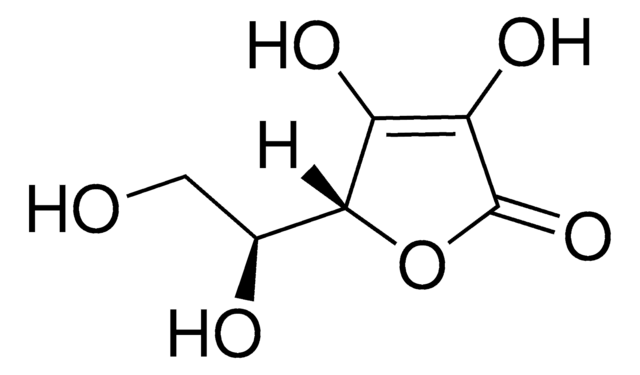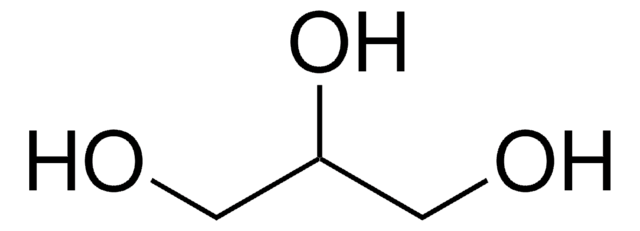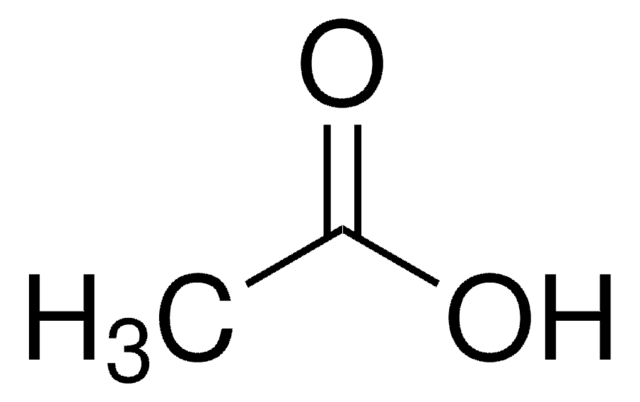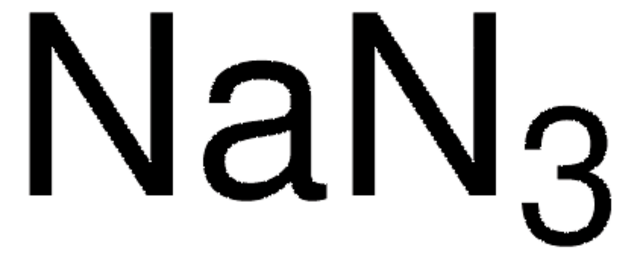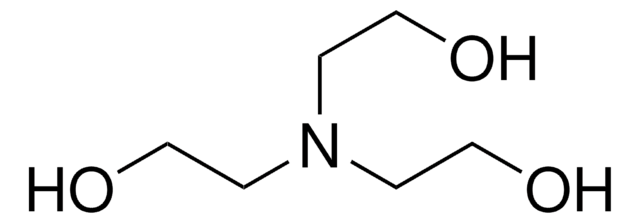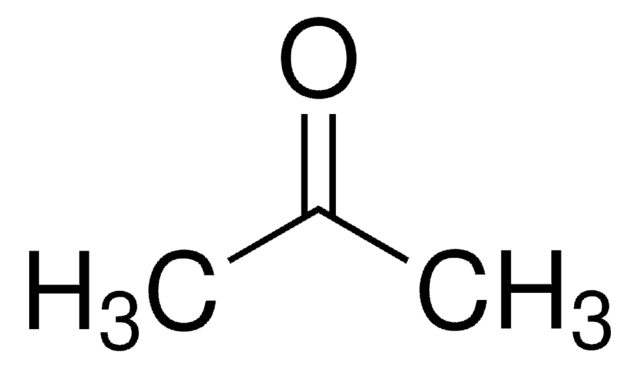All Photos(1)
About This Item
Linear Formula:
K2CO3
CAS Number:
Molecular Weight:
138.21
Beilstein:
4267587
EC Number:
MDL number:
UNSPSC Code:
12352300
PubChem Substance ID:
Assay:
≥99.5%
grade:
JIS special grade
form:
crystalline
Recommended Products
grade
JIS special grade
Assay
≥99.5%
form
crystalline
availability
available only in Japan
pH
11.0-13.0 (25 °C, 138 g/L)
mp
891 °C (lit.)
SMILES string
[K+].[K+].[O-]C([O-])=O
InChI
1S/CH2O3.2K/c2-1(3)4;;/h(H2,2,3,4);;/q;2*+1/p-2
InChI key
BWHMMNNQKKPAPP-UHFFFAOYSA-L
Looking for similar products? Visit Product Comparison Guide
Signal Word
Warning
Hazard Statements
Precautionary Statements
Hazard Classifications
Eye Irrit. 2 - Skin Irrit. 2 - STOT SE 3
Target Organs
Respiratory system
Storage Class Code
13 - Non Combustible Solids
WGK
WGK 1
Flash Point(F)
Not applicable
Flash Point(C)
Not applicable
Personal Protective Equipment
dust mask type N95 (US), Eyeshields, Gloves
Regulatory Information
新产品
Choose from one of the most recent versions:
Already Own This Product?
Find documentation for the products that you have recently purchased in the Document Library.
K Y Foo et al.
Bioresource technology, 102(20), 9814-9817 (2011-08-30)
Rice husk (RH), an abundant by-product of rice milling, was used for the preparation of activated carbon (RHAC) via KOH and K(2)CO(3) chemical activation. The activation process was performed at the microwave input power of 600 W for 7 min.
K Y Foo et al.
Bioresource technology, 111, 425-432 (2012-03-06)
Wood sawdust was converted into a high-quality activated carbon (WSAC) via microwave-induced K(2)CO(3) activation. The operational variables including chemical impregnation ratio, microwave power and irradiation time on the carbon yield and adsorption capability were identified. The surface physical characteristics of
K Y Foo et al.
Bioresource technology, 104, 679-686 (2011-11-22)
This work explores the feasibility of orange peel, a citrus processing biomass as an alternative precursor for preparation of activated carbon (OPAC) via microwave assisted K(2)CO(3) activation. The operational parameters, chemical impregnation ratio, microwave power and irradiation time on the
Carlos Arroniz et al.
Organic letters, 15(4), 910-913 (2013-02-05)
ortho-Arylation of ortho-substituted benzoic acids is a challenging process due to the tendency of the reaction products toward Pd-catalyzed protodecarboxylation. A simple method for preventing decarboxylation in sterically hindered benzoic acids is reported. The method described represents a reliable and
K Y Foo et al.
Bioresource technology, 102(20), 9794-9799 (2011-08-31)
Sunflower seed oil residue, a by-product of sunflower seed oil refining, was utilized as a feedstock for preparation of activated carbon (SSHAC) via microwave induced K(2)CO(3) chemical activation. SSHAC was characterized by Fourier transform infrared spectroscopy, nitrogen adsorption-desorption and elemental
Our team of scientists has experience in all areas of research including Life Science, Material Science, Chemical Synthesis, Chromatography, Analytical and many others.
Contact Technical Service